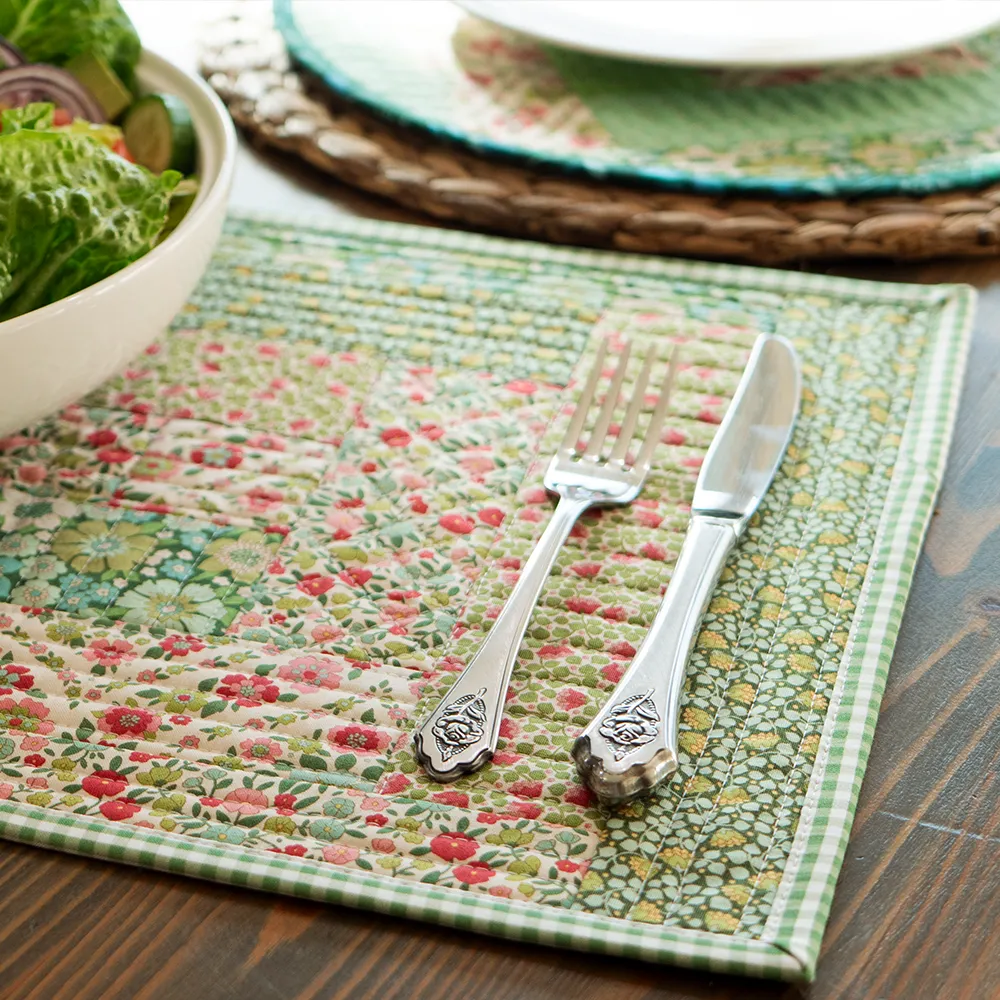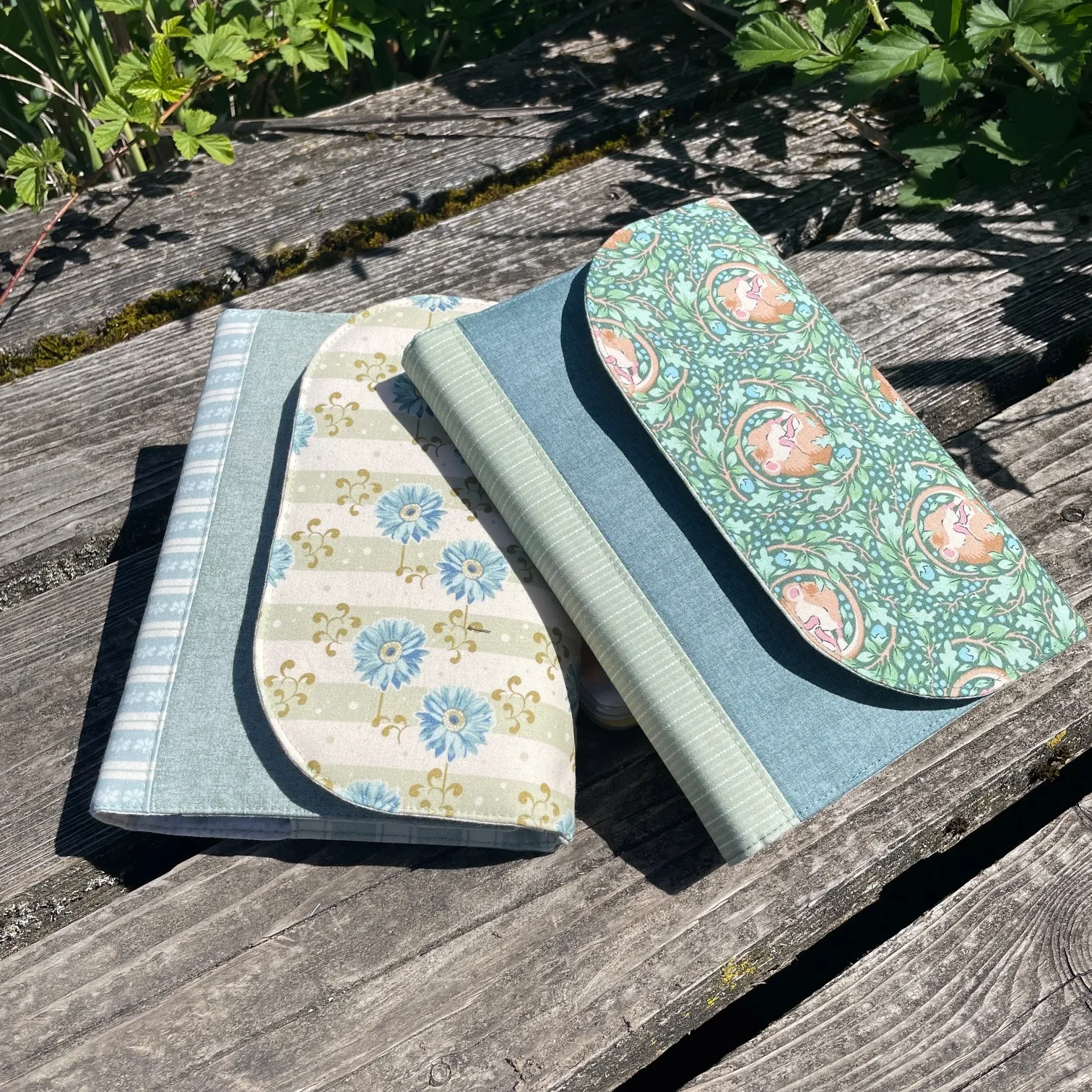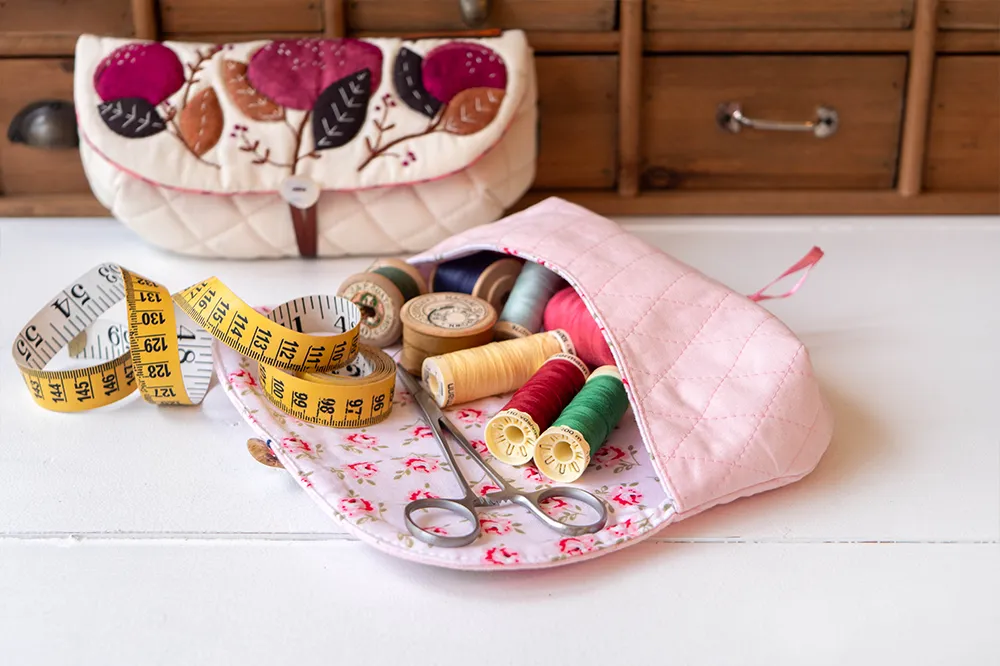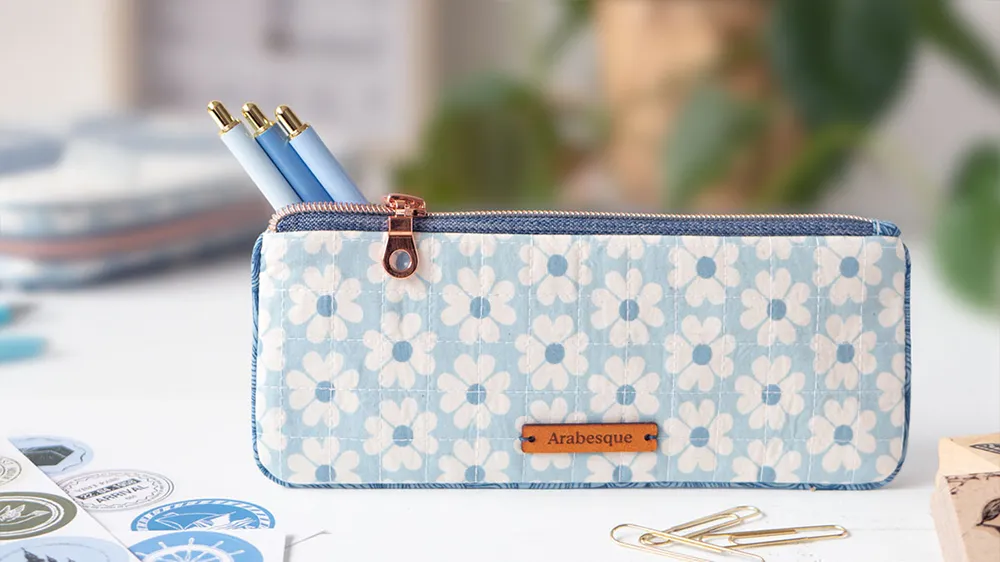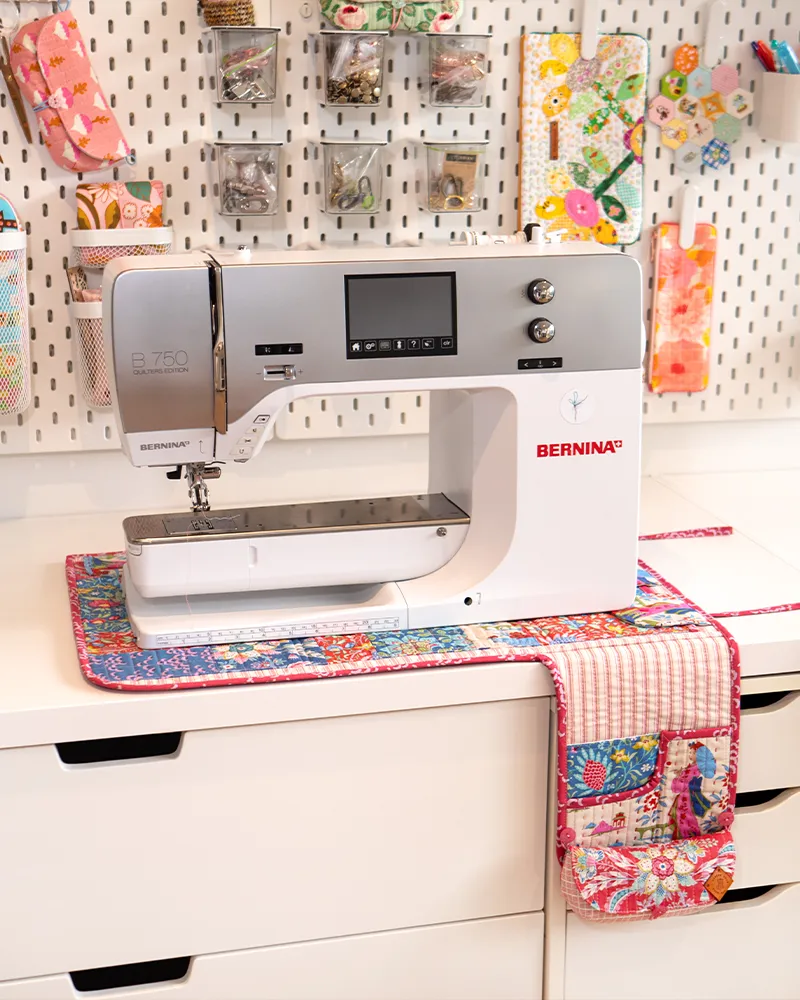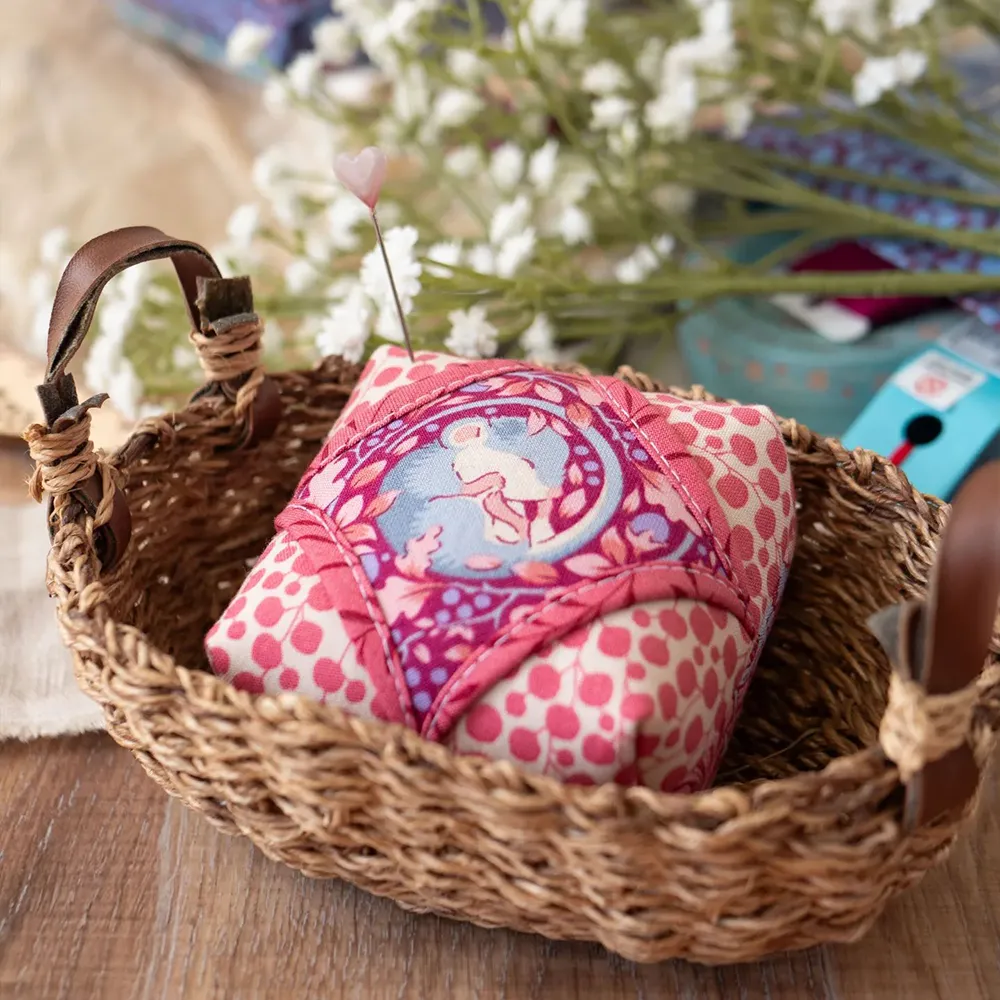
7 Tips for Learning a New Sewing Machine
Don't be daunted by new tech - embrace it one step at a time and soon you'll be best friends
A couple of weeks ago a brand new Janome Continental M7 came to live with me for a while.
It’s a big change from my last machine, being larger and faster and different.
It doesn’t matter how long you’ve sewn for, changing your sewing machine is a pretty big deal.
Unless you’re still in the age group where new technology is always something you're shopping for.
So I’m writing this post firstly as a pep talk to myself, on how change is good, and good things come when we push ourselves out of our comfort zones.

This machine is a complete brand shift from what I previously sewed on and meant that I was in unknown territory.
When I discovered Janome was going to send me one of these, I felt excited and apprehensive all at once, so I thought I would approach this challenge the way I typically do.
I break it down into the smallest steps as possible, and work through them at my own pace.
It usually works for me, and I thought this method might help you too.
Let’s begin with acknowledging what all sewing machines these days do have in common at the basic level:
They all have a top needle thread and a lower bobbin thread. They control tension and speed, and they sew a seam for you so you don't have to do it by hand, using a wide range of fabrics.
An entry level sewing machine will get you something good enough to begin learning to sew and make an amazing variety of items like clothing, bags, and quilts.
If you want to go beyond a basic machine and move into something larger and more automatic, each manufacturer has several models to choose from.
The differences between brands becomes more distinct from here, and switching from one brand to another will be more stark.
Whether you are simply replacing an existing machine because it’s worn out, up-sizing or starting out for the first time, here’s my top tips for making friends with your new machine and getting the most out her.
1. Read the Manual
Your machine might have come with some one-on-one training to familiarise you with it already.
That’s great!
But if you’ve bought your machine recently, in person training might not have been available to you.
If you’ve bought your machine by mail order, the manual will be even more important.

Even if you've been fortunate to have had some training, even if you feel that you really don’t need it, chances are that you will at some point.
Familiarise yourself with where things are in your book, and even consider adding a tab to pages that you think you might come back to more often. Keep it close at hand.
On one of my first machines, I used to look up how to adjust tension at least once a month for several years before the process finally clicked for me. The book used to fall open to that page I used it so much.
Read as much as you need to so you can become pretty comfortable finding your way around.
In the case of this machine, it even has its own app, the AcuSpark.
Remember that videos can be helpful, but they’re still usually someone else’s interpretation. The manual will tell you from the horse’s mouth.
The manual and the app will help you double and triple check that you’re threading it right, loading the bobbin correctly, and installing it correctly.
This will ensure a much smoother experience.
I'll say it again...read the manual!
2. Start Sewing With Scraps
Ok, so you’re itching to get sewing!
Resist the urge to dive in deep straight away.
Don’t start with that expensive and favourite fabric that you’ve been saving for something special!
Why is this important even if you’re an experienced sewist?
Much like learning to handle a new car, each machine will be different.
They steer differently, start and stop at different rates, and sew at different speeds. Even the sensitivity of the foot pedal will be different.
Take your time to learn any little idiosyncrasies.
Practice the back stitch, note how firmly the feed dogs grip, how it handles turning a curve and a corner, and how long it takes to stop when you take your foot off the ‘gas’.
With this new machine, I gave myself about half an hour on scrap fabric before I felt semi-comfortable with all of this. I also tried pairing two different fabrics top and bottom to see how the different textures would affect it.
I switched out the feet and the base plates to see how they affected things.
3. Begin with a Simple Project
Once you’re feeling more confident handling the new machine, choose a simple and quick project to start with.
I found it was so helpful for my confidence to finish something quick so that I could feel that sense of achievement.
Try making something that you’ve made several times before so that you’re not figuring out lots of steps and complicated piecing.

I do a fair bit of quilting, so testing the new quarter inch seam was important to me, but I didn’t want to make a whole quilt straight up, so I choose a scrappy pouch.
This project might not look very simple, but it was very few seams all up.
This enabled me to try the quarter inch seam, test the zipper foot and see how the machine coped with installing a zipper.

I used interfacing and batting inside as well, so I got to see how it would handle several layers.
All up this project took about two hours, even including some hand stitching accents for fun.
4. Hold Off on the Judgement
By now there's probably aspects of your new machine that you’ll be loving, and some that you won’t be.
The different speed and sensitivity, different warning messages, even the time the bobbin takes to wind can be frustrating.
Even getting to used to the different motor noises, thread cutter sounds, and unique clunks will take a bit to get used too.
My advice is to hold off any judgement and negative reviews for a bit longer. Remember that each machine is different and will take time to get used to.
My dad used to say that given enough time you can get used to almost anything, and I’ve found it to be good advice.
Something that you might originally think is unacceptable will probably not seem so distasteful in the morning, and eventually might not even bother you.
5. Start Slow and Speed Up
Some of the higher end machines boast a huge number of stitches per minute, which if you’ve been sewing on an average domestic machine will be a huge speed contrast.
Thankfully, most of them actually have a speed controller dial, so you can start on the slowest speed.
But don’t limit yourself to this. The speed is there for a reason…it saves you time!
So don't stay stuck at the slowest speeds, put your foot down! You actually get to go full throttle and you’ll never get a speeding ticket!
The secret is to gradually ramp it up little by little. Just like a car you’ll get used to controlling what you’re doing.

For my second project on this machine, I decided to test a new pattern for my friend Janelle. This is a sweet four-patch quilt with plenty of simple chain piecing, and it was perfect for testing the speed of this machine.
I’m used to sewing at high speed, but not on this machine. Like I mentioned above, everything about this machine is different.
I started pretty slow, and gradually upped the speed dial whenever I felt like I could cope.
Long before I’d pieced all the blocks, I was at maximum speed, and let me tell you it does save a lot of time!
6. Don't Be Afraid to Ask for Help
We sewists are a clever bunch, but every now and then we find a problem we can’t fix ourselves.
Don’t just put up with it.
If you’ve read the manual, watched all the videos you can google, and browsed the forums, then ask for help.
It might be something you’re doing wrong, or a fault with the machine, but either way find out.
The machine company will usually have a knowledgeable person at the shop you bought it through, a hotline to phone where you can speak to someone.
They want to make sure you get the best sewing experience you can.
My Janome rep has been very helpful, and even came out for a visit in person!
Don’t forget to ask your sewing friends too because that’s what friends are for.
7. Have Fun!
I strongly feel that the knowledge and ability to sew is a great gift, and having the supplies and a machine to create with is a hugely exciting thing.
Enjoy exploring your machine and its capabilities.
Treat it like an adventure because sewing is an adventure.
Don’t be boxed in to one little section of your sewing machine…try out the new stitches, purpose designed feet and plates, and keep on learning.
Push your boundaries, and very soon this scary new machine will be your best friend!

Join my Facebook community

If you're a social bee, get involved with over 1100 sewists, quilters, and creators from around the world. Share your creations and get inspired!



